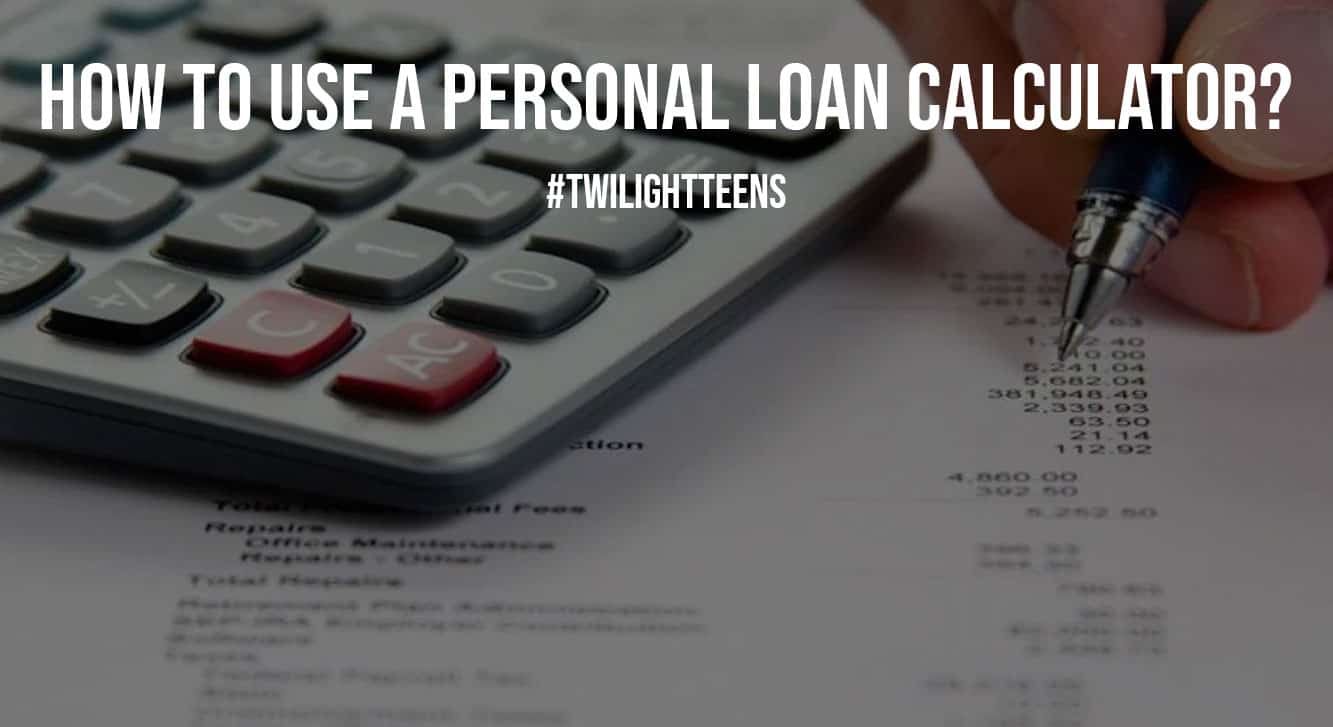Before applying for or taking a loan from a financial institution, you must understand the terms of loan repayments and how much they will cost you.
A personal loan calculator is a financial tool that plays an essential role in calculating the loan interest rate and loan eligibility and helps in your financial plan. There are three important parts in the calculation of your personal loan. This includes the principal loan amount, interest rate, and Repayment terms.
Well, it’s crucial to understand how to use the personal loan calculator, but it’s important to know how the personal loan works. What exactly are the Loan Principal’s amount, interest, and fees? The principal is the amount borrowed and deposited into your account. Mostly for a personal loan, the interest rate is constant over the loan period, and the monthly payments are fixed.
Personal loan costs may also include Fees. The additional costs of taking out your loan include original fees and late repayment fees. The personal loan calculator simulates the loan payback period in terms of months or years. It is also beneficial in calculating the ideal interest rate of your loan.

When applying for the loan, it’s crucial to review your paystubs to ensure proper documentation of your credit.
Table of Contents
Here are the steps to take when using your loan calculator:
Your loan calculator requires the following details to state your loan repayments amount and procedure clearly.
Loan amount- how much you have borrowed or you want to borrow. The amount you pay to the lender has a big influence on the interest you will pay. As the principal loan increases, the interest paid as the loan is repaid increases.
Loan term- loan term is the time required to pay back the loan. This may be in months or years, taking into consideration the terms of the buyer.
Interest rate- the amount charged by the lender expressed as a percentage of the loan amount.
Once these details are entered into the personal loan calculator, the results displayed give you the total interest paid, the total amount paid, and the monthly payment of your loan.
1. Total Interest Paid
Interest is the total amount you pay above the principal amount you borrowed. For instance, if the loan was $10,000 and at the end, you paid $14,000, the total interest paid is $4,000. The personal loan calculator gives different results on total interest paid since lenders take different approaches to charge interest and maximize their profits.
Simple Interest
Suppose your lender uses simple interest as the method of charging your loan. It’s quite easy to calculate the costs you will incur. The only thing needed is the principal amount borrowed, interest rate, and the number of years or months the loan will last. The interest paid is calculated with the following formula.
(Principal amount*interest rate*time)
Most banks do not use this charge while giving out personal loans. Many lenders use the amortization schedule to charge interest to their borrowers.
Also Read: Stop Living on Autopilot: 10 Steps to Conscious Living
Amortizing Loans
Most lenders use this type of loan repayment of personal loans such as student loans. This type of loan is repaid using regular monthly payments. A section of each payment per month goes to the principal loan amount while the other goes towards interest.
As time progresses, the loan balance decreases, and the personal loan calculator needs to consider the amortization schedule. Since the amortization schedule contains a lot of calculations, lending institutions such as banks provide a clear calculation of the monthly payments to be paid.
2. Total Amount Paid
The personal loan calculator will also display the total amount paid to the lender. This includes the original amount borrowed together with the total interest paid. However, this amount does not include additional fees that the lender may charge.
3. Monthly Payments
A monthly payment is an amount you are supposed to pay per month to pay the principal and the interest. This is clear in the amortization schedule. If you choose short-term loan payment, the interest rate will be lower while the monthly payments will be higher.
On the other hand, a long-term loan will have a high-interest rate with lower monthly payments. As you pay your installments, the balance of the loan reduces and the interest rate.
Also Read: Taking Vintage Photos With an App That Takes You to the Next Level
Other fees to consider in your personal loan Calculator
Late payment fees: pay all your dues on time since lenders impose a fee on late payment of the agreed amount. This fee depends on the type of lender your loan will be based on. It is important to contact a lender ahead of the deadline if you cannot repay your monthly or annual amount.
Origination fees: It is crucial to include all the loan costs in your financial plan and personal loan calculations. Origination fees sometimes referred to as application fees, are the costs you will incur while processing your loan.
Although this may not happen with all lenders, some lenders will require upfront application fees. Bring your paystubs that give proof of income generation for either employed or self-employed to increase your likelihood of your loan being approved. Access to paystubs also greatly helps maintain an excellent credit score.
Prepayment penalties: it is crucial to read all the terms of your loan so that some of these fees may not be a problem. Your lender may impose a fee to compensate for lost interest due to payments ahead of schedule.

Leave a Reply